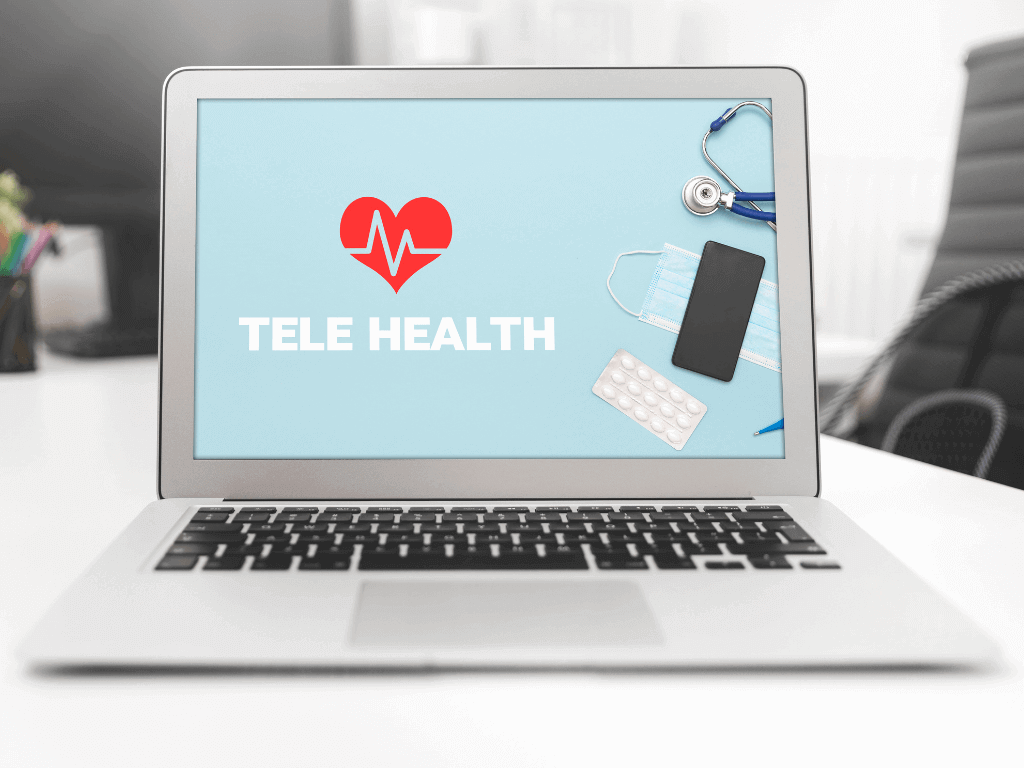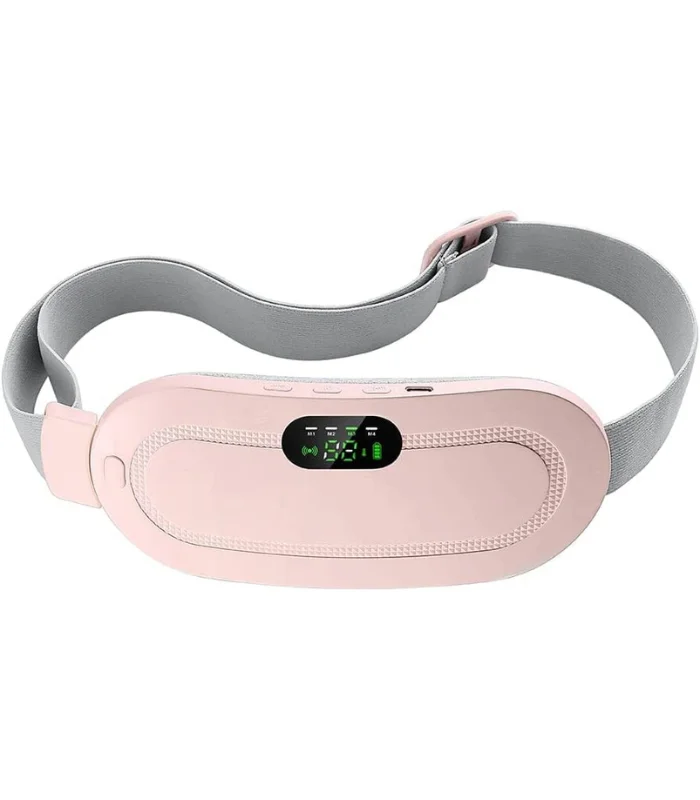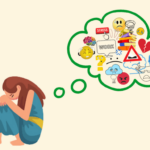OVERVIEW: The COVID-19 outbreak has stimulated the growth and acceptance of remote health monitoring and virtual care. Beyond sparking possibilities for technology innovation, the pandemic has been an agitator for re-imagining how doctors can relate with their patients.
From infrared contactless thermometers to artificial intelligence-enabled symptom diagnosing, virtual care clarifications and over-the-counter health devices have gained traction since the incipience of the novel coronavirus.
The unexpected and enlarged need for safe medical care stimulated the growth and acceptance of tele-health or healthcare on air, which had earlier only seen slow advancement, according to the top healthcare professionals of the country.
Patients had been more habitual to in-person doctor appointments, but as the pandemic led to stay-at-home orders, both sufferers and care providers had new protection considerations yet routine care needs — other than COVID-19 — still demanded to be discussed.
Crash Course in Virtual Care
As the coronavirus affected the earth, digital health organizations swiftly involved with patients to recognize and meet their needs in a rapidly developing health care environment.
The rapid onset of the COVID-19 outbreak paired with the previously slow growth of tele-health meant that many providers were unaware to treat cases that were not actually present.
Companies like Clinqon India and more worked to educate and empower providers by delivering webinars to help address health care workers’ interests, demonstrate technologies that care organizations can use to handle routine care and coronavirus concerns alike and share how health providers can engage with their patients in a productive manner.
According to some top surveys, by May 2020, 10% of Indians had experienced tele-health services, significant growth over the 4% who had reported using tele-health services by December 2019.
Applying to other Health Care
Remote appointments for other specialized care —including chiropractic treatment, dentistry, physical therapy and more — have seen new developments as well.
Because patients are enduring prolonged stress and anxieties from the pandemic, behavioral health care — which had already been included in tele-health more quickly than medical care — saw a rise. Health care providers across specialties had to adapt to continue attending patients who were administering with normal health care requirements while social distancing.
Digital health solutions have put care in the guidance of the patients, provided experts with more data than earlier, and produced more effective and in-depth means of care.
Explore how the combination of artificial intelligence, robotics, 4G and more have transformed the way physicians and patients deliver and experience care, no matter where they are.
Stay Home, Stay Safe!!!
#telehealth #clinqon_india #healthcare #wellness #fitness #doctors #covidwarriors #pharmacydevices #pharmacist #healthdevices








































































